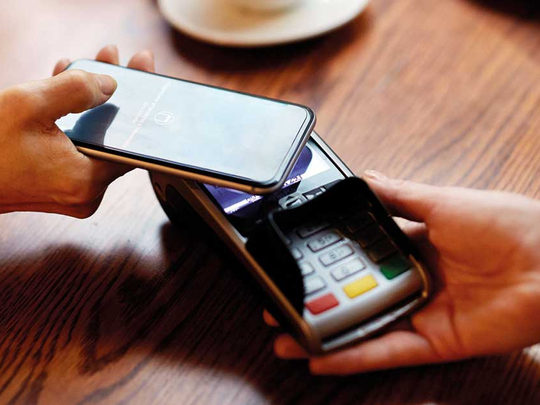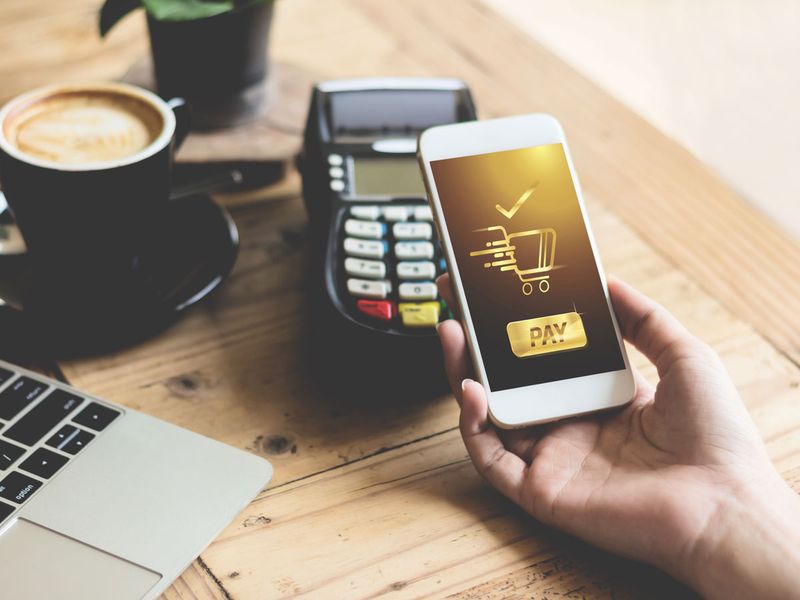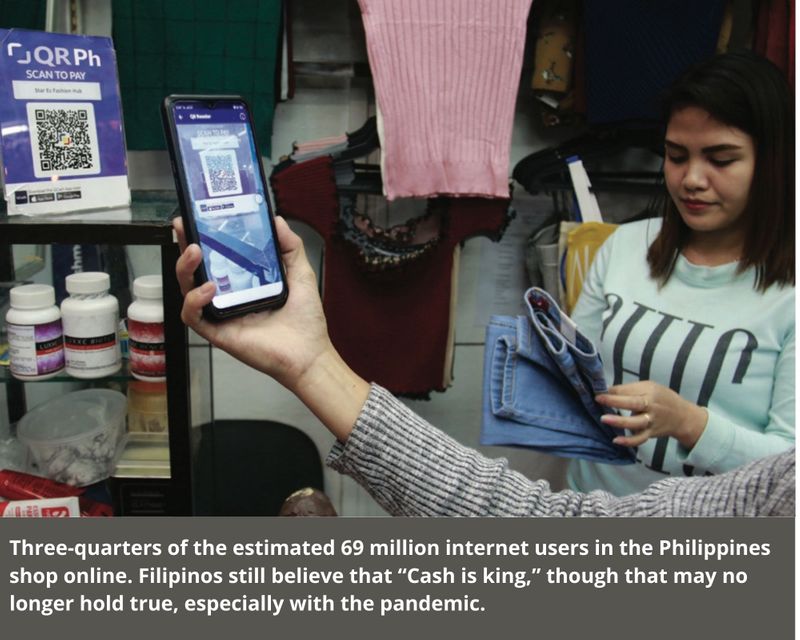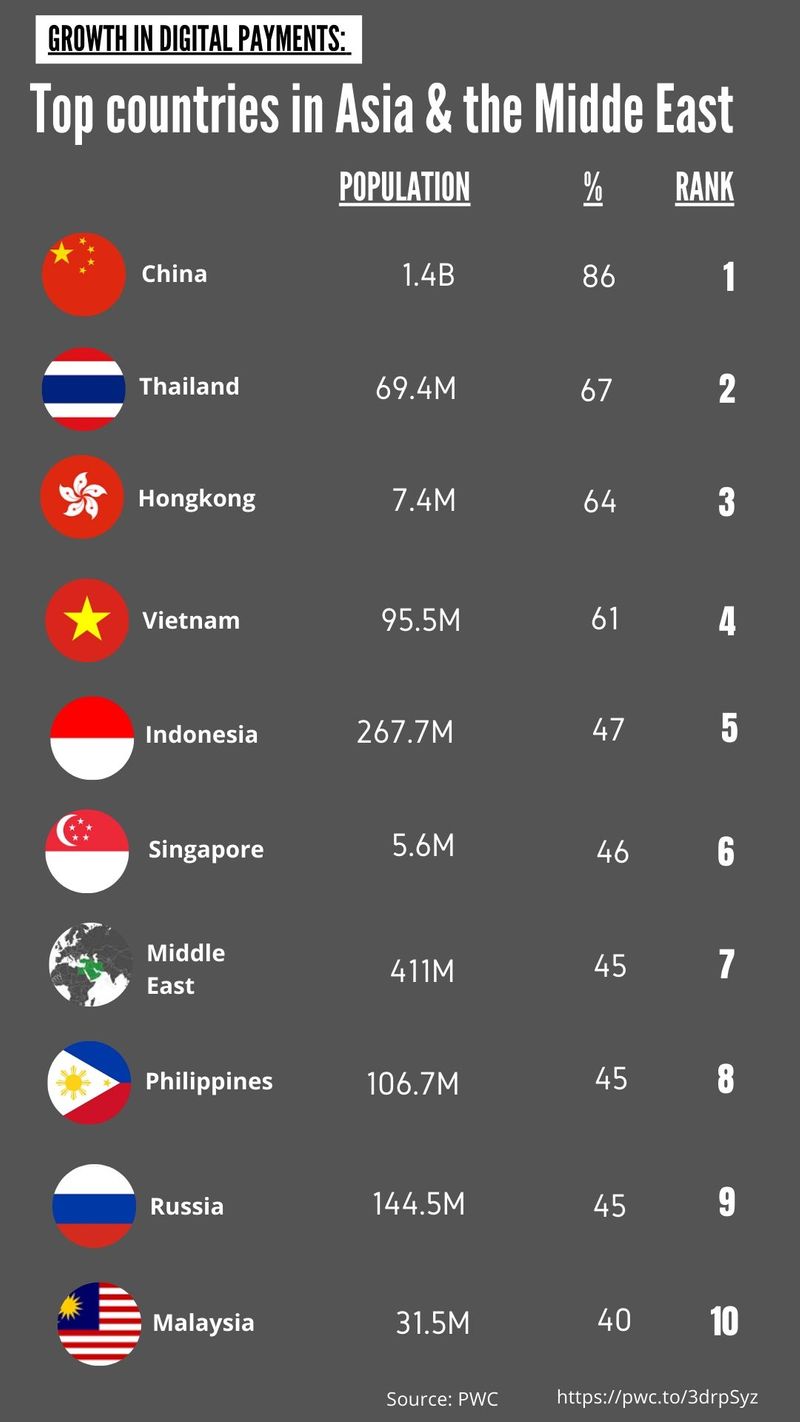
Highlights
- Cashless transactions have clear, present benefits over cash for merchants, customers, governments
- Going cashless means key enablers such as identification and delivery infrastructure in place
- Need for speed: convenience and speed are inherent in a digitally-enabled transaction
- Physical cash is easy to lose, untraceable and could be vectors of virus, to some extent
Dubai: It’s the next and different normal that's coming, even in the way we buy and sell things. And it’s probably for the better. The pandemic is doing to cash what texting did to the telegram: change being the only constant.
"Cash", it was once said, "is king". Now, make that “cash WAS king”. In the UAE and across the world, fears of virus contagion have led to a spike in digital payments. And post-COVID, that's not going away. A UAE study done the Dubai Police, Dubai Economy and Visa, released recently, bears this out.
Fact 2: 48 per cent plan to increase their use of online payments with cards or digital wallets for future e-commerce purchases.
Shift to digital
It’s a tectonic shift. Consumer behaviour is driven by the need of the hour: Payments with QR code, diversified payment offerings, contactless payment, and even voice-activated payments. The pandemic has forced the safety issue over holding or transacting with cash, or swipe cards.
$ 4 trillion
Total transaction value in the digital payments in 2020, according to Statista.There are two major catalysts: technology and health. Paper money has a normal life of 4 to 15 years. A virus on paper money, especially polymer-plastic type, could last up to 72 hours, according to one study. And it's not just about safety or convenience. By the end of 2020, more than 500 million people in China will be paying with their phones in brick-and-mortar shops, cafes and restaurants, says Statista Digital Market Outlook. That’s a 35 per cent penetration rate — the highest in the world. The average Chinese consumer is projected to spend about $1,100 with payment apps in 2019, compared to more than $2,400 in the UK and almost $3,000 in the US.
India ranked No. 2 with a penetration rate of 29.5 per cent, while at No. 3 is Indonesia (15.9 per cent). In terms of the overall annual transaction value per customer, at the top is US, followed by the UK and France.
Spike digital payments
In this new normal, e-cash payments are just bound to rise, even as the use of cash slides. Statista estimates:
- Total transaction value in the digital dayments segment is projected to hit $4.4 trillion this year (2020).
- From 2020-2024, total transaction value will growth at 17.0% annually, resulting in a projected total amount of $8.2 trillion by 2024.
- Digital dommerce will be the digital payment market's largest segment, with a projected total transaction value of US$2.9 trillion in 2020.
- China today leads, with $1.9 trillion in value of goods and services that will settled digitally in 2020, according to Statista.
Health concerns
This pandemic has made people afraid of cash. That fear is not without basis: Studies show SARS-CoV-2 survives on certain cardboard surfaces for up to 24 hours, according to New England Journal of Medicine report.

The US NIH stated that the virus can stay alive on plastic and stainless steel surfaces for up to three days. Now get this, most of the world is already using plastic-based money. In 1988, Australia became the first country to introduce thermo-plastic polymer notes, instead of paper money (Australia switched completely in 1996).
In April 2013, the Reserve Bank of India started introducing plastic/polymer currency notes. Countries that have switched completely to the new plastic-polymer notes, from Brunei to Vietnam. That's a lot of opportunity for the virus to move around. Now the world is realising: Digital is safe, and practical.
How poor countries jump into digital cash
In response to the COVID-19 pandemic, a total of 126 countries have adopted some sort of social protection or cash transfer programmes, according to Ugo Gentilini, senior economist at the World Bank. In many countries in Asia, Africa, Europe Latin America and US, cash-for-the-poor has been done via direct transfers to bank accounts. The bank saw more than 500 different measures of social assistance have reached over 600 million people.
One-third of those measures are cash transfers. Interestingly, it’s the delivery of such benefits that’s seen a big change — through the use of digital payments, said Gentilini, author of The Other Side of the Coin and Protecting All.
State aid for informal workers, estimated at 2 billion across the world, had become mostly digital, for practical reasons, according to the economist.
“What countries are doing now is that they are complimenting social registries with online platforms,” the World Bank economist said. Countries from Brazil or Thailand are reaching out to millions of people, even those that are not included in national social registries.

Different countries have done different ways. For example, Morocco has tapped health sector data in providing cash transfer mechanism to about 3 million informal workers. Colombia has a national registry being used in tandem with tax collection information for its social cash transfer for 3 million people.
Cash transfers mostly pay for food and immediate needs, and are not to be dismissed as blip in the march towards digital economy.
They may be temporary, one-off interventions to provide immediate relief. But when experience something for the first time, like a train ride, there's most will embrace it for the rest of their lives.
While the vast majority of cash transfers are in rural areas, are eight countries in Africa, and 20 globally that are trying to adapt to urban areas in their cash transfers too, the World Bank stated.
Will the digital cash transfers stay?
After the coronavirus crisis is over, will the digital cash transfer stay? It's too early to say, but the method of transfer is here to stay, say experts.
In some countries with conditional cash transfer programmes, the conditions had been waived (such as Italy, Philippines and India to some extent).
Some countries provide cash transfers to the entire adult population on a one off basis — such as Serbia, Hong Kong and Singapore.

In the poorest countries, there are chunks of the poorest-of-the-poor that don’t receive any cash transfer at all, owing to many bottlenecks — financing (where to source the cash), institutions (who will hand it over) and delivery (how to give).
But if the world, or governments, then decide to give everyone a universal basic income, it will not come in the form of cash dole out, but cash in digital form. It's just practical: Digital cash enhances response time, as it moves at a speed of instant messaging.
Game-changing solutions
Recent experience shows it’s in the "delivery", i.e. money tranfers, where big waves are neing made. Delivery means digital cash.
“On delivery, I think we are witnessing game-changing innovations in terms of identification, digital payments, financial inclusion — all of which are really revolutionising cash transfers delivery, allowing for more transparency, accountability, empowerment, efficiency. It’s moving the delivery frontier somewhat exponentially,” said World Bank’s Gentilini.
One study shows that national IDs have a wide coverage in almost all regions, like sub-Saharan Africa at
70%. So that means one third of the population still doesn’t have it.
In terms of financial accounts, about half of the population in Latin America and the Caribbean has a bank account, less than half in sub-Saharan Africa. In North Africa it’s about one-third.
In terms of mobile phone coverage: About 60 per cent of Sub-Saharan Africa, 60% covered, and about 70% in Asia have access to mobile phones.
By definition, digital cash is transnational. This has implications on taxation and money laundering, foreign exchange rate stability and money supply.
It’s not entirely known what the economic consequences of e-cash would be, but there would still be some regulation needed. Some economists claim it will "democratise" money, but this may be bright-eyed optimism.
Many claim that it would usher in the era of cryptocurrencies: Don't be fooled by such claims. There's so much trash talk on cryptocurrency space: investing in cryptos is highly speculative, owing to the lack of regulations. If you invest in any crypto assets, be prepared to lose your entire investment.
• Tenpay
• Cash App
• Due
• Google Wallet
• Android Pay
• Samsung Pay
• PayPal
• Paypay
• LINE Pay
• Rakuten Pay
• D-barai
• merPay
• Pring
• Pixiv Pay
• Origami Pay
The flipside, with cash, is that the history of paper (plastic-polymer) money shows it's extremely difficult for privately-issued currency to gain wider credibility. With competition, private banks will often end in bankruptcy, and the credibility of the privately-issued currency will suffer as a result.
The key upsides of digital cash: efficiency and transnationality. Digital cash has no national borders — a fact that will bring both new benefits and new problems to the economy as a whole.
Cash payments are, by nature, untraceable. Digital cash is transparent: You can, in theory, trace how much money went to whom and when. Pilfirage will be easy to trace. Those are very attractive, practical propositions today. They won't simply go away, even if the pandemic vanishes without a trace tomorrow.

What lies ahead
- Trillions of dollars in transactions now involve no physical cash. This is bound to grow.
- Cashless transactions enable traders and brands to boost consumer experiences, improve traceability online.
- Digital solutions for rapid deployment of financial aid allow transparent cash transfers by governments.
- In crisis situations, digital payments speed up the delivery of resources where it’s needed the most.
- Cashless does not always mean going into cryptocurrencies, which remain unregulated and has many loopholes, though blockchain technology holds much promise.
- Faster, secure transactions allow businesses, individuals and government to embrace this new normal going forward.








